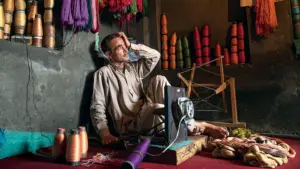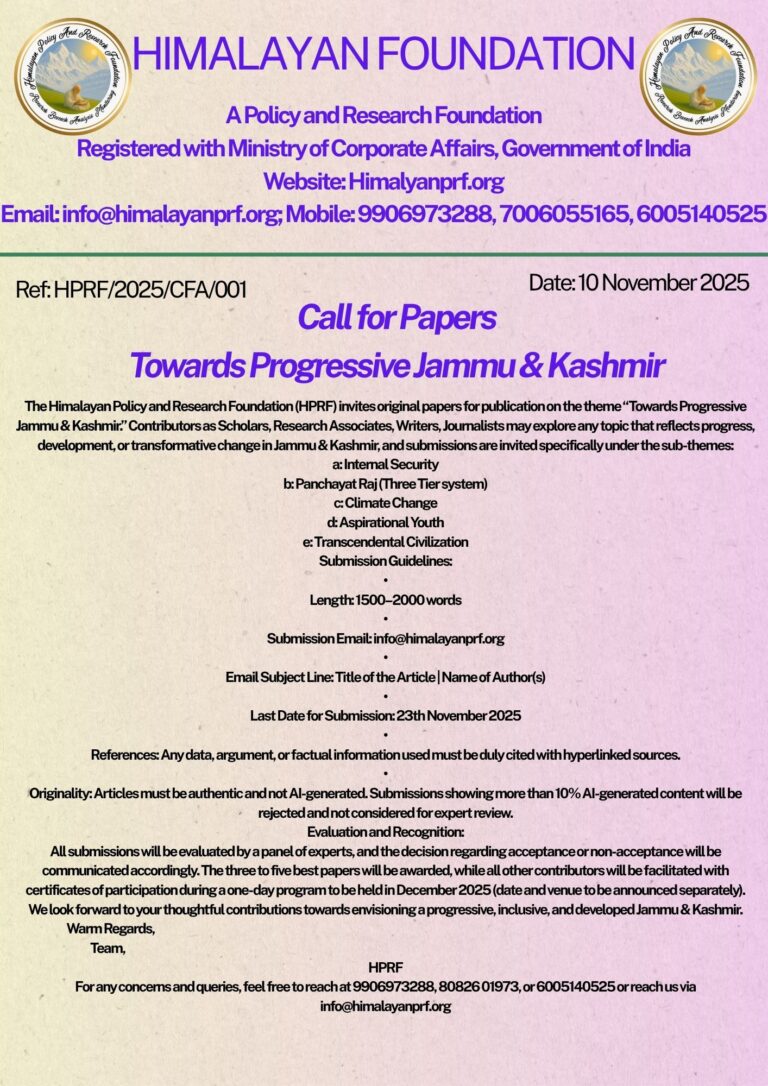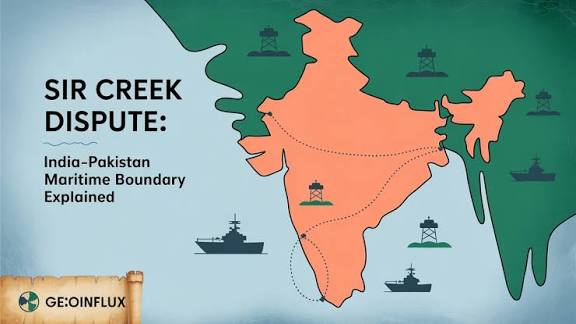By: Dr Zahid ( Independent Researcher: PhD in Political Science)
Language is not just a mode of expression—it is the architecture of memory, the grammar of belonging, the intimate echo of a people’s way of seeing the world. When a language falls silent, it is not merely a vocabulary that is lost—it is a world of metaphors, gestures, emotions, and identities that slips quietly into oblivion. And perhaps nowhere in India is this crisis more poignant, more silent, and more neglected than in the Jammu region of the Union Territory of Jammu and Kashmir.
The tragedy is not that Jammu lacks linguistic richness—it is that it overflows with it. Dogri, Gojri, Pahari dialects, Punjabi, and Urdu exist not as rival claimants but as interwoven strands of a shared civilizational fabric. And yet, even as policymakers recite mantras about diversity, this linguistic plurality is treated as an inconvenience, something to be romanticized from a distance but rarely nurtured with institutional commitment. Jammu speaks in many voices—but do we listen?
As Ngugi wa Thiong’o once wrote, “Language, any language, has a dual character: it is both a means of communication and a carrier of culture.” And when that carrier is denied space, the culture it holds begins to unravel.
There is a peculiar discomfort in India’s approach to language—an almost bureaucratic embarrassment in the face of multiplicity. It prefers neat categories, singular scripts, standardized syllabuses. It wants language to be administratively useful rather than existentially meaningful. And in that pursuit, the complex linguistic identities of regions like Jammu are flattened. The very abundance of voices is perceived as a problem to be managed, not a gift to be embraced. The diversity of Jammu is therefore rendered invisible not through active hostility, but through passive neglect—a slow erasure disguised as pragmatism.
Take Dogri, for instance. Officially recognized and inscribed in the Eighth Schedule of the Indian Constitution in 2003, Dogri was once the pride of the plains and the foothills. Its literature, proverbs, songs, and idioms capture the texture of everyday life with a tenderness few languages manage. But recognition without reinforcement is a hollow gesture. The inclusion of Dogri in the Eighth Schedule has not translated into systemic support. One would be hard-pressed to find schools where Dogri is used as a medium of instruction, or public institutions that take pride in its usage. The young, understandably drawn toward the linguistic currencies of power—English—are distancing themselves from the language of their grandparents. And in that shift, something ineffable is being lost. There are worlds inside a word. A loss of language is not just a semantic loss—it is the death of nuance, of layered meaning, of multiple inheritances.
Gojri, spoken predominantly by the Gujjar and Bakarwal communities, offers another mirror. These communities, pastoral and nomadic, have shaped the mountain ecology and its rhythms through centuries of movement and negotiation with terrain. Gojri is not just a language; it is a code of survival, of pastoral wisdom, of oral transmission of law, custom, and cosmology. Yet it suffers from the twin burden of being both oral and marginal. It finds no robust place in education, administration, or media. Attempts have been made to introduce it in community radio and primary schools, but these remain sporadic and underfunded. We must ask: what does it say about our commitment to inclusion when a language spoken by lakhs can be so systematically excluded from our official gaze?
The same fate confronts the cluster of dialects that fall under the loose, insufficient label of “Pahari”—Bhaderwahi, Siraji, Pogali, Padri, among others. These are not linguistic fragments or corruptions of standard tongues. They are fully formed linguistic systems, shaped by altitude, migration, trade, and isolation. They are carriers of song traditions, mythic tales, and community rituals. And yet, they remain unrecognized, unsupported, and unresearched. The demand for the inclusion of Pahari in the Eighth Schedule has grown louder, but the state remains unmoved. Here too, the failure is not merely bureaucratic—it is epistemic. It reveals the limits of our imagination, the inability to think of knowledge and language outside statist categories.
None of this is to suggest that Jammu stands in contrast to Kashmir in this regard. On the contrary, Kashmir too is engaged in its own battle to preserve Kashmiri from cultural erosion and linguistic displacement. But what makes Jammu’s case particularly urgent is the multiplicity of its tongues, each one tethered to a different geography, a different community, a different form of life. What is needed is not comparison, but coalition—a shared struggle to assert that our languages are not secondary to development, but constitutive of it.
The Indian linguist G.N. Devy, who led the People’s Linguistic Survey of India, once said, “Each language is a unique vision of life. Losing it is like losing a lens through which to view the world.” If Jammu’s languages are allowed to vanish, we do not just diminish a region—we shrink the very landscape of perception available to Indian civilization.
This is not merely a cultural argument; it is a political one. Languages are not neutral instruments—they encode power, they reflect hierarchies, they structure access to justice and opportunity. The decline of a language is often the symptom of deeper exclusion. A child who cannot learn in their mother tongue is not just linguistically handicapped—they are cognitively and emotionally dislocated. A court that does not function in a people’s language estranges justice itself. A bureaucracy that cannot speak in the dialect of the people distances governance from empathy.
If multilingualism is truly India’s strength—as we so often proclaim—then it must be practiced not as tokenism, but as institutional design. We need language policies that are not extractive, that do not simply impose official scripts on complex realities, but emerge organically from the communities they are meant to serve. This requires political will, pedagogical innovation, and moral imagination. None of which is beyond us—unless we have already decided that sameness is more convenient than plurality.
It is tempting to believe that languages will survive on sentiment alone. That because a community “loves” its language, it will somehow endure. But history teaches otherwise. Languages, like forests and rivers, require care, not just affection. They need infrastructure—schools, media, literature, technology. They need legitimacy. They need to be seen not as relics of a fading past, but as living instruments of the present and the future.
Octavio Paz once warned, “When a language dies, a way of understanding the world dies with it, a way of looking at the world.” In each forgotten word, each abandoned dialect, we lose a unique answer to the riddle of human existence.
The question, then, is not just about saving Dogri or Gojri or Pahari. It is about what kind of society we wish to be. Do we want to be a society that remembers or one that forgets? A society that listens to its margins or one that fears their voices? A society where every child can speak the language of their ancestors with pride, or one where language becomes the first marker of shame?
Jammu and Kashmir, in all its pain and promise, offers us a rare civilizational experiment—a place where languages do not merely coexist but enrich each other. To let any of them disappear is to not just diminish a region, but to reduce the whole idea of India. If we lose the languages of Jammu, we lose not only sound—we lose stories, sensibilities, and the subtle art of belonging.
We must ask not what these languages owe us, but what we owe them. And perhaps, in beginning to answer that, we will learn how to be a little more generous, a little more attentive, and a little more true to the plural promise that this land still whispers—if only we are willing to listen.

